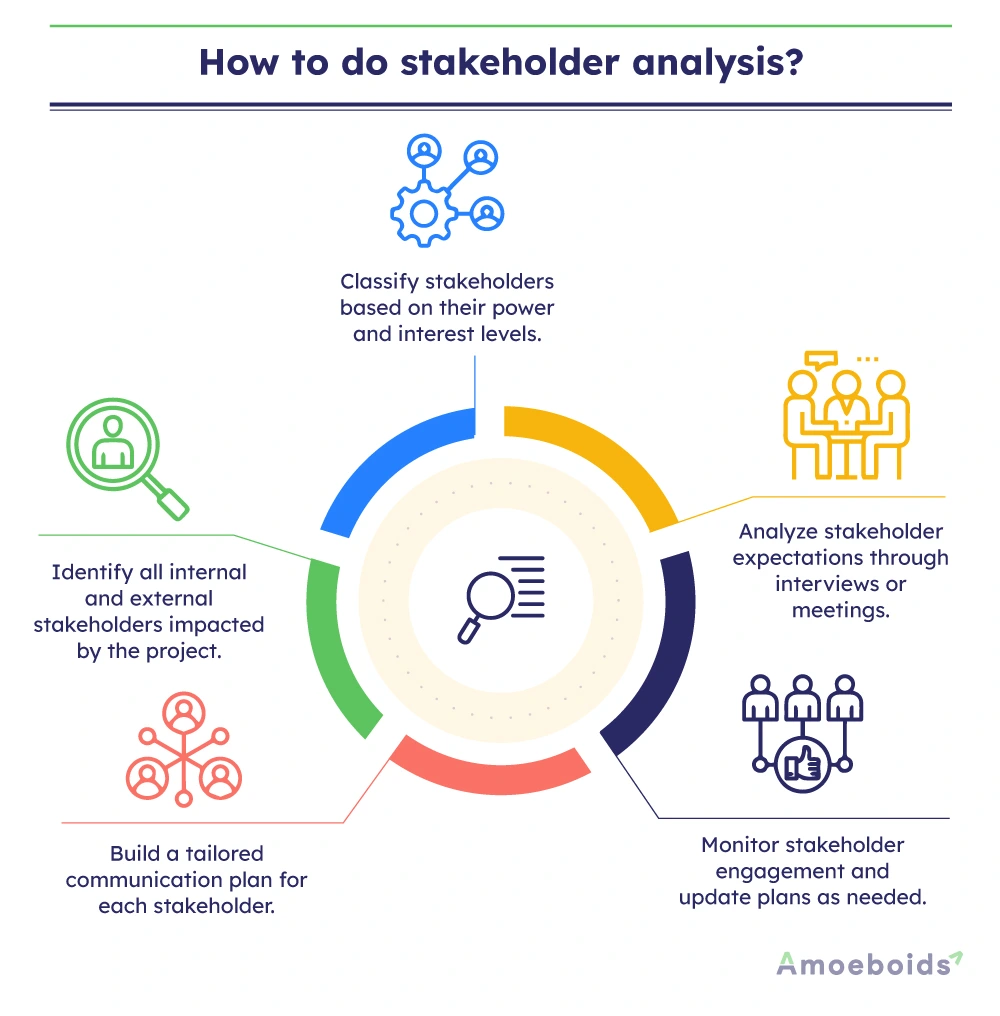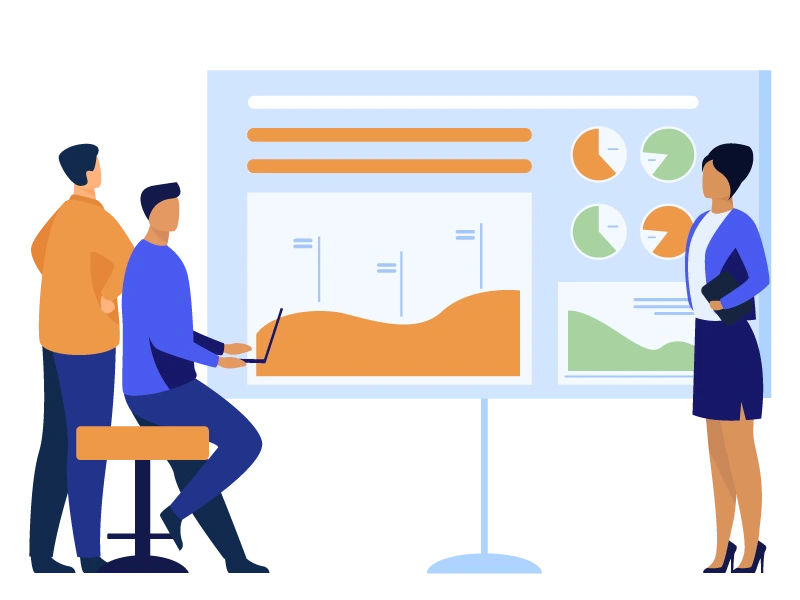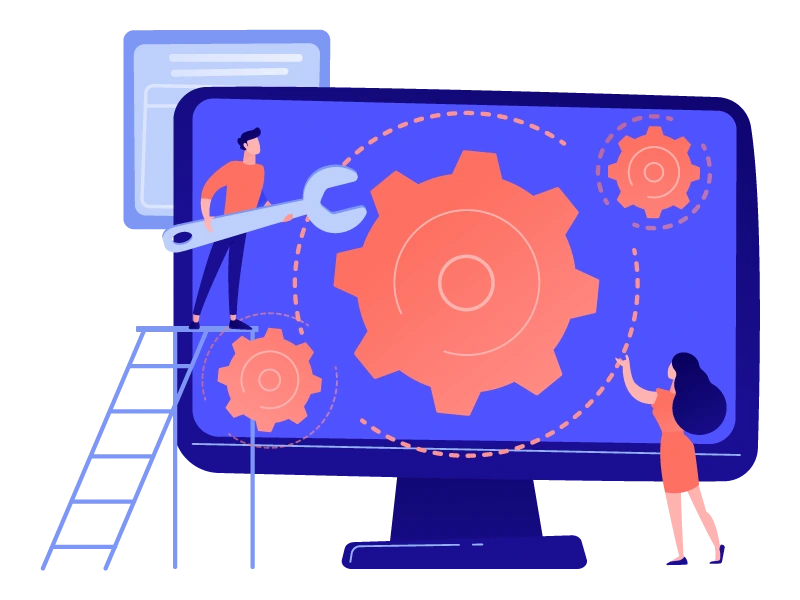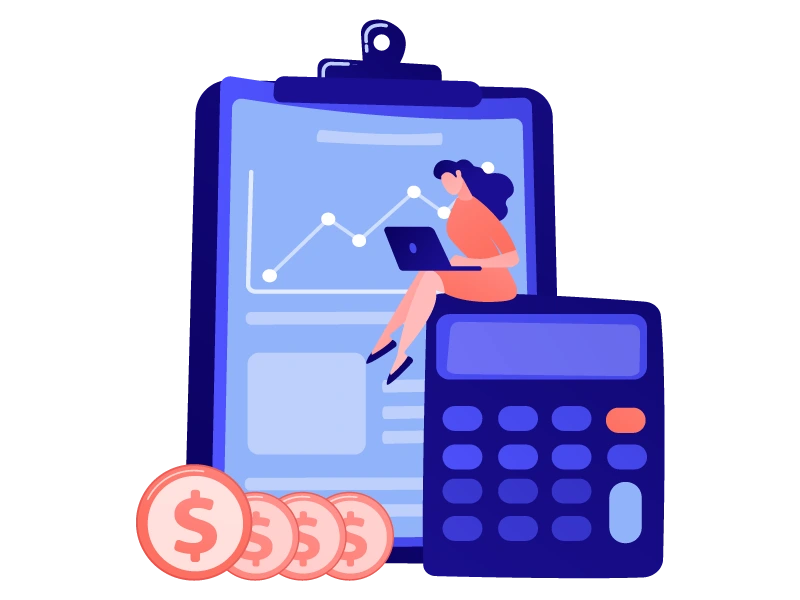Before beginning a project, one key step is the stakeholder analysis, whether you are launching a product or simply deciding on the next marketing campaign.
Imagine you are launching a new CRM system. But even before you start planning, different teams have already started pestering you with their requirements. The sales team believes this system will create a breakthrough for their lead tracking, and the marketing team thinks it will allow smooth integration with their current tools to make their work easier.
While you were considering their requirements, an email from leadership reminded you to focus on the costs. Just then, another IT department member asked you to stay vigilant regarding security.
Puzzled, right? Stakeholder analysis means factoring the requirements of each of these teams and communicating with them effectively. In this article, we will look at what is the purpose of a stakeholder analysis in project management.
What is stakeholder analysis in project management
Project management stakeholder analysis refers to analyzing and classifying all those who are interested in or concerned about your project. Your stakeholders include everyone who will be affected by your project performance. Quite literally, it means considering anyone who might have a stake in your project.
A stakeholder analysis helps companies improve their overall communication throughout the project lifecycle. With the stakeholders aligned, project execution is smooth and much more efficient.
What is the purpose of stakeholder analysis?
Different stakeholders are affected by and influence a project at the same time. This means that they affect the outcome of the project. A stakeholder analysis will allow you to plan different strategies and maximize the utility and potential of the various parties involved. Let’s look at some of the main purposes for conducting a stakeholder analysis:
- Prioritizes stakeholders: The primary reason behind conducting a stakeholder analysis is to maximize stakeholders’ value. These people might have a major impact on your project, so prioritizing them will lead to a desirable result.
- Enhances communication: Assessing the needs of the stakeholders periodically ensures that the final result is appreciated. It also helps you tailor the project’s engagement strategies and next steps if needed.
- Anticipates challenges: By looping in your stakeholders, you get early access to their opinions on the project. This means that you can work on the potential concerns of the project before they convert to bigger challenges.
These reasons contribute to making stakeholder analysis a must for all project managers.
How to do stakeholder analysis?
There are many ways to conduct stakeholder analysis. Here are some common methods:

- Identify the stakeholders: The first step is to make a list of all your internal and external stakeholders. Ensure you include everyone who will impact your project or be affected by it. The more comprehensive your list, the better you will be prepared.
- Classify the stakeholders: Each stakeholder in your list will have a different level of influence and interest in the project. Now, categorize your stakeholders into these categories to prioritize the high-power stakeholders. This will ensure that your focus on stakeholder analysis and communication is clear.
- Analyze the expectations: Talk to each stakeholder and understand their expectations. Conduct interviews and meetings to understand which stakeholders support your project and which will create roadblocks for you.
- Build a communication plan: Analyse the frequency at which you need to communicate with your stakeholders. Some expect regular communication, while others only demand updates on major developments. The communication channel with each stakeholder must be decided along with the frequency.
- Monitor engagement: The last step in stakeholder analysis is to monitor if the stakeholder requirements are met continuously. This is crucial because the requirements might change with time, and you must address them. Monitor the engagement and make changes whenever necessary.
By following these steps, you can ensure that your project aligns with the stakeholders and is heading in the right direction.
How does stakeholder analysis benefit a project?
Stakeholder analysis is instrumental for project success. It provides direction to the project and ensures it is successful. Here are the key benefits a project derives from a comprehensive stakeholder analysis:
- Minimizes risks: Conducting a project management stakeholder analysis helps you assess the requirements and expectations. This way, you can constantly manage expectations and minimize the chances of conflict. You can discuss the expectations and focus on the key areas of concern before they become bigger issues.
- Enhance decision-making: Making project decisions in isolation can be hard. However, when you know the various stakeholders, you can involve them in decision-making whenever necessary.
- Increased project efficiency: Lastly, better alignment and decision-making increase overall project efficiency. The team can reduce unnecessary delays and last-minute changes to keep the project on track.
These benefits together make it crucial for project managers to conduct a stakeholder analysis for the overall success of their project.
Conclusion
When you are working on a project in isolation, it is hard to anticipate what the result will be. This anticipation is eliminated when you conduct a stakeholder analysis. It helps you understand the expectations of different stakeholders and fulfill them as you go. You can increase the project efficiency and minimize the risks and last-minute changes. This is the purpose of conducting stakeholder analysis for all projects right at the beginning.
However, keep in mind that it is crucial to monitor stakeholder engagement to ensure that you make necessary changes as the requirements evolve.
FAQs
1. When conducting a stakeholder analysis, what is an interest measure?
Interest measure is an indication of how deeply a stakeholder cares about the project or how much they will be impacted by its outcome.
2. When conducting a stakeholder analysis, what is the influence measure?
The influence measure is how much influence a stakeholder has over the project decisions and direction.
3. What is the first step in a stakeholder analysis?
The primary step in stakeholder analysis is to identify and categorize all the stakeholders of the project.
4. What is a stakeholder analysis matrix?
A stakeholder analysis matrix categorizes stakeholders based on their level of power and interest.
5. When to use stakeholder analysis?
Use stakeholder analysis at the start of a project and update it throughout to manage expectations.



